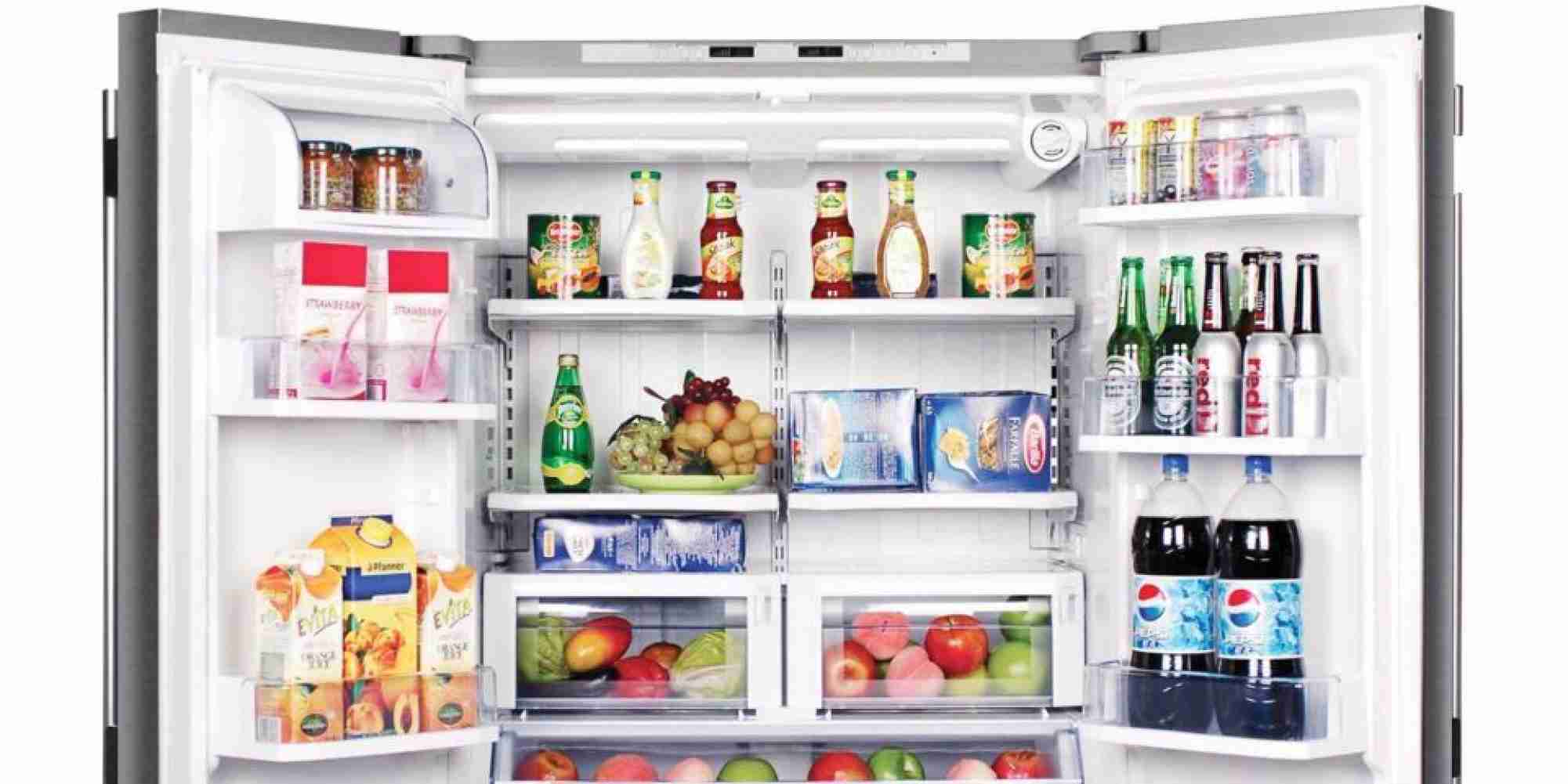Whether you’re heading out on a weekend camping trip or setting out on a cross-country road trip, a reliable RV refrigerator is essential for keeping food and drinks cold. The best refrigerators for RVs offer the right combination of size, power source, and durability to keep you on your adventure without worrying about spoiled food. Size Having a refrigerator in your RV opens up a lot of options for food and drinks. It makes it easier to stock up and plan for meals for a larger group, and you’ll never have to resort to pb&j again. Before shopping for an RV refrigerator, though, you need to know the size constraints of the space where it will go. This includes not just the width and depth of the fridge but also how it will fit through the RV’s entry door, around walls and islands, and into a particular cabinet location. Those with limited space can also consider a thermoelectric cooler. This fridge doesn’t use refrigerants but instead uses moving electrical current to bring warm air in and cool air out, so it is smaller than compressor or absorption fridges. It also has adjustable shelves so you can easily customize the storage layout and remove them for cleaning. It also runs off both propane gas and 110-volt AC power. Capacity An RV refrigerator needs to have adequate capacity for all your food, drinks, and other supplies. But, it’s also important that the fridge can handle all of the movement and bouncing that you experience on the road. You should be able to find this information in the RV fridge manual. If you do a lot of boondocking, you may want to consider getting a residential-style fridge. These fridges cool more evenly and have a greater storage space. However, they can only run when you have an electric hookup. Two-way and three-way refrigerators give you the option to use them on both propane gas and electricity. They also typically have a longer lifespan than compressor fridges. Their unique design offers a drawer that slides open, which is great for smaller rigs like camper vans or cab-over campers. The fridge’s drawer rests on roller bearing slides and can be secured with a keyed lock. They also have adjustable shelves that let you fit taller beverage containers. Energy Efficiency The fridge’s power consumption depends on its model, size, and type. In general, refrigerators that use electricity will take up more power than those that use propane gas. Also, thermoelectric fridges take up more power than absorption refrigerators. When choosing an RV fridge, look for one that has a high energy efficiency rating. This will help you reduce your power consumption and save money on electric bills. You can also choose a fridge that runs on solar power, which is great for those who like to dry camp and get off the grid. These fridges convert AC electricity into lesser DC power that can be fed by solar panels. Another way to increase your RV fridge’s energy efficiency is by checking the door seal on a regular basis. Make sure it’s tight and there are no gaps that could let warm air in. It’s also important to ensure your RV is level when parked so the chemicals in the fridge circulate properly. Design RV refrigerators are designed to withstand the bumps and turns of the road. They are often more expensive than residential refrigerators, but they can save you money on energy costs if you travel a lot. Residential fridges are not built to withstand the constant movement of an RV and can become damaged over time. In addition, RV fridges are built with a latching system that keeps the doors from flying open during travel. The biggest difference between an RV refrigerator and a typical residential refrigerator is that RV fridges use a different process to create cold. The most common type of RV fridge is an absorption refrigerator. These fridges work by absorbing heat and turning it into cold using a chemical solution. They can also be powered by propane and DC power, making them more versatile than compressor refrigerators. However, some buyers complain that they have trouble keeping them level, especially when boondocking on uneven terrain.
